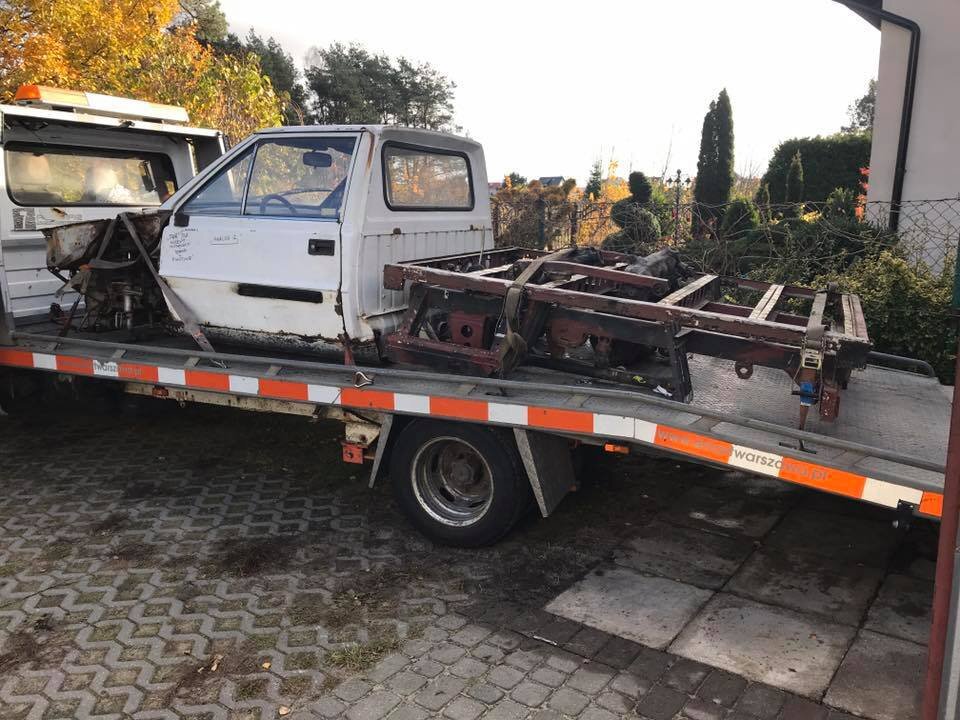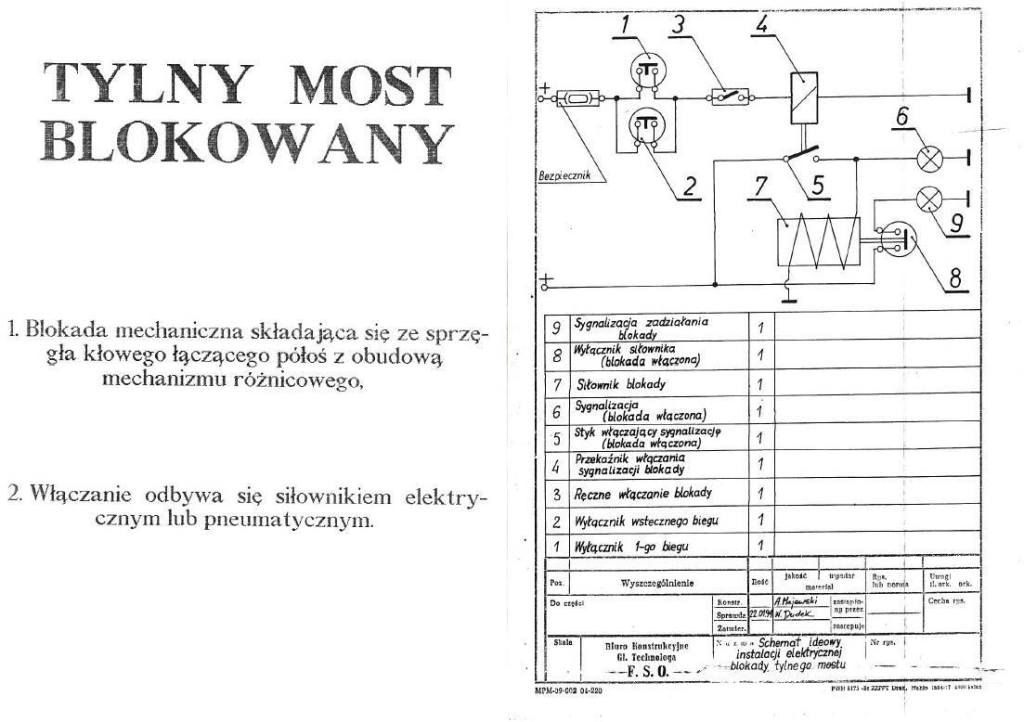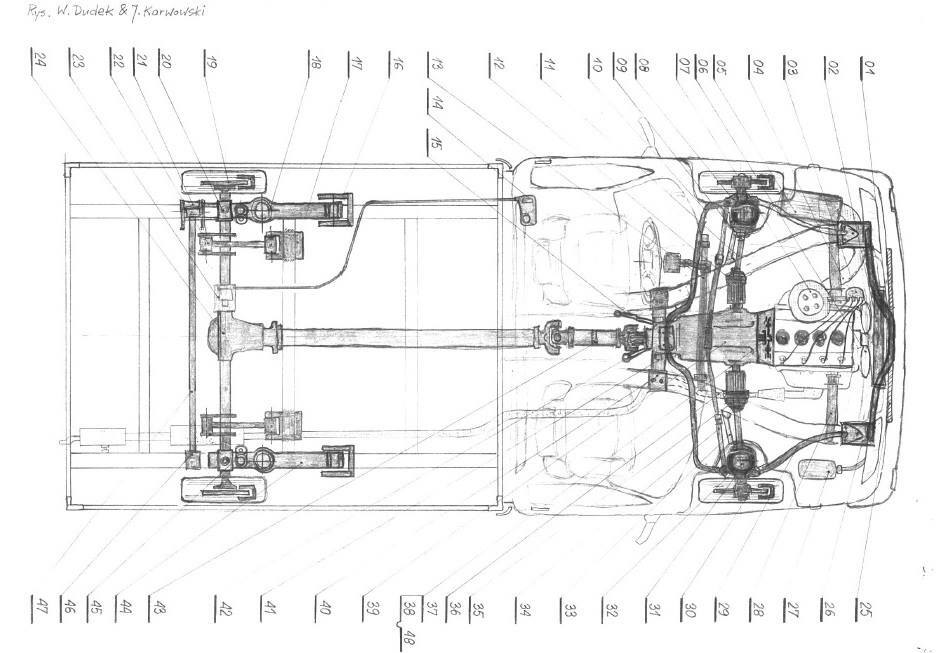Between 1986 and 1989, a four-wheel drive prototype of the Polonez Pick-up was designed, built and tested by Przemysłowy Instytut Motoryzacji (PIMOT). All drive shafts came from the stock Polonez, while the front axle was an upgrade of the rear one ; the drive half-shafts came from an off-road Lada Niva. The FSO Polonez Pickup 4×4 was presented in May 1988.

FSO Polonez Pickup 4×4 “PIMOT”
In October 1992, the first prototype of FSO Polonez Analog was built. The front suspension and braking system, although modified, were borrowed from the Łada Samara. The gearbox and transmission were taken from a Subaru Leone. To accommodate all drive components the engine was moved 30 cm forward.



FSO Polonez Analog No. 1
The car was built to honour a conference with General Motors, which took place in late 1993. This prototype has been received by Muzeum Motoryzacji i Techniki w Piastowie in 2018.
Positive results of Analog No. 1 led to built the next prototype (No. 2) with cargo body. Front suspension was made on McPherson columns, while the rear on springs and trailing arms. Also, larger tyres were used for the road wheels and a gearbox with an additional off-road ratio of 1.6 instead of 1.2. Analog No. 2 received a certificate allowing it to be put into circulation.
Analog No. 3 was to be a combination of its two predecessors, additionally equipped with four-wheel drive. As the construction of its prototype was abandoned, the Analog No. 4 was presented at the International Fair in Poznań on 30 April 1994.
7 cars were produced in total: 5 cars with a drive to both axles and a lockable rear axle, and 2 cars with only a drive to the rear axle and a lockable rear axle. One of the cars had a 1.9 diesel engine with a power of 90 KM, the other six cars had 1.6 units.
At one of Germany’s off-road car competitions, the Analog beat all the Western brands (including Mercedes) by getting the best score. Mercedes, provoked by this, sent their newest model for a test, which they did not want to present for the time being. Only this prototype received a higher number of points.
The Analog was unlucky. It passed all the tests successfully, and when a decision on serial production was expected, Daewoo stepped in at FSO. The Koreans considered the Polonez to be an obsolete car. They tolerated the production of a passenger version, but the development versions of this model did not interest them at all. The Polonez Analog went into oblivion.








